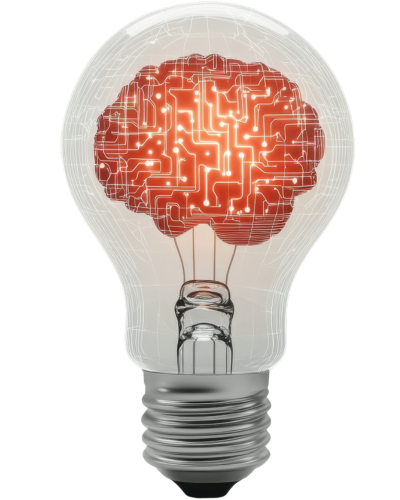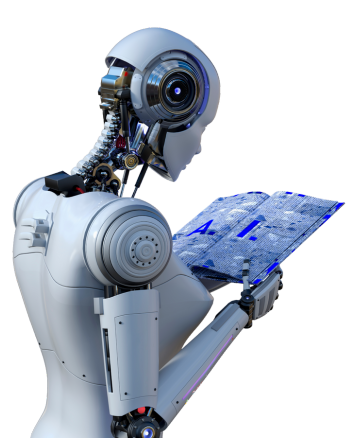




The famous artist, Jason Allen, known for his equally famous creation, Théâtre d’Opéra Spatial, which was bluntly denied protection by the U.S. Copyright Office on the grounds that it was generated using AI tools, has now initiated the “return match”.
In this case filed on September 26, 2024 before the Federal District Court of Colorado (Case No. 1:24-cv-2665), Jason Allen, an artist and plaintiff, brings a legal action against the U.S. Copyright Office (USCO) and its director, Shira Perlmutter, seeking legal protection for his work Théâtre D'Opéra Spatial, created using the artificial intelligence (AI) tool Midjourney. While the artwork was partially generated by AI, Allen contends that it is a product of his own creative process, not merely the algorithm acting independently.

Allen supports this action on the basis of several key legal statutes:
a) Misapplication of the “human authorship” requirement by the USCO
Allen challenges the primary argument of the USCO, which claims that the work does not meet the requirement of “human authorship” necessary for copyright registration. The USCO rejected his application on the grounds that there was insufficient human involvement in creating the AI-generated image. Allen contests this conclusion, asserting that his role in the creation process was substantial. He argues that Midjourney did not generate the image autonomously but followed his complex and carefully crafted instructions.
b) Equating AI tools with other creative technologies
Allen contends that using an AI tool to generate artwork should be treated in the same way as using cameras or computers in creating art. He emphasizes that copyright law protects works created with the aid of machines (17 U.S.C. § 102(a)), as long as there is significant human intervention, which he argues is clearly present in this case. He references Burrow-Giles Lithographic Co. v. Sarony (1884), a Supreme Court case that recognized that a work could be protected even if created using machines, provided there was substantial human contribution through selection, artistic direction, and arrangement of elements.
c) Violation of technological neutrality
Allen argues that the USCO failed to adhere to the principle of technological neutrality in its analysis. He asserts that the Copyright Office neglected its duty to adapt its criteria to evolving technology by refusing to recognize creations generated with AI assistance. He points out that works created with other modern tools (such as Photoshop or synthesizers in music production) have been granted copyright protection and criticizes the USCO for not applying this same logic to his work. He warns that denying such protection could stifle artistic innovation, a principle enshrined in copyright law.
d) Recognition of human creativity in the iterative process
Allen describes the painstaking process he followed to create the artwork, generating 624 variations of the image by modifying his instructions to the AI to achieve his artistic vision. He likens this process to that of a director working with a cameraman or a photographer carefully arranging elements in a scene. He argues that the AI tool was merely an instrument executing his creative decisions. His human involvement in selecting and arranging artistic elements, as well as his use of software like Gigapixel AI and Adobe Photoshop to refine the final image, should be recognized as human authorship.
e) Inconsistent treatment of Allen’s work compared to other AI-assisted works
Allen highlights inconsistent treatment by the USCO regarding AI-assisted works. He cites examples of other artists who used AI in creating their works but were granted copyright protection. He argues that the refusal of his application was partly due to the controversy surrounding his victory at the Colorado State Fair, where his AI-assisted work sparked public debate. According to Allen, this may have negatively influenced the Copyright Office’s examination of his application.
The primary goal of this lawsuit is to obtain a declaratory judgment stating that Théâtre D'Opéra Spatial is eligible for copyright protection, overturning the USCO’s decision and ordering the registration of the work under the Copyright Act. Allen also seeks a clarification of the legal standards surrounding works created with AI assistance, ensuring that future works in similar situations can receive proper legal protection. Additionally, he requests reimbursement for attorney’s fees and other expenses incurred during this legal action.
In essence, this case addresses a fundamental question in the modern creative landscape: to what extent can AI-assisted works be recognized as original creations eligible for copyright protection, and how much human involvement is necessary to secure such protection? It is certain that the forthcoming decision will have a global impact, far beyond the territory of the United States, in shaping the approach to protecting creations generated by artificial intelligence.
Special thanks to Lou Dutreil, DDG intern, for her invaluable help in preparing this article.



